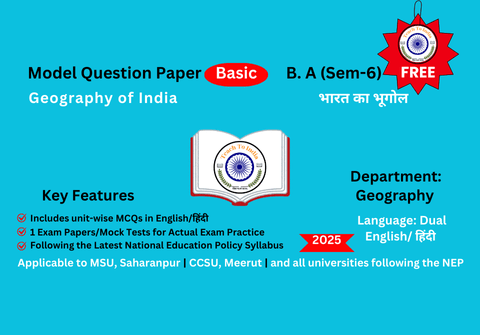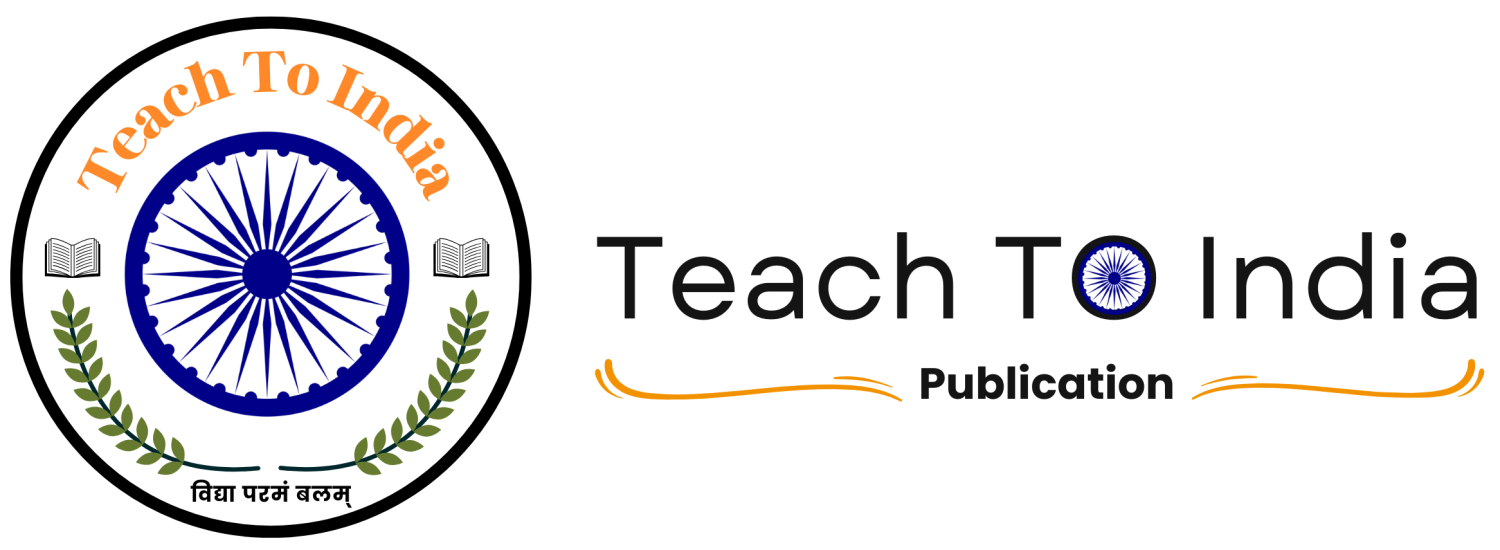Geography of India - भारत का भूगोल
Exam Preparation for Geography of India - भारत का भूगोल: This model paper is designed for graduation students as ...
Show more
- Description
- Curriculum
- Reviews

Model Question Paper
Geography of India – भारत का भूगोल
Key Features | मुख्य विशेषताएँ
- Bilingual Model Paper | द्विभाषी मॉडल पेपर
- Enough MCQ for Practice | अभ्यास के लिए पर्याप्त MCQ
- Exam Practice Paper with Mock Tests | मॉक टेस्ट के साथ परीक्षा अभ्यास पत्र
- Latest Syllabus as per NEP | NEP के अनुसार नवीनतम पाठ्यक्रम
- Designed by Experts | विशेषज्ञों द्वारा तैयार किया गया
The given MCQs cover only 10% of the syllabus | दिए गए बहुविकल्पीय प्रश्न केवल 10% पाठ्यक्रम को कवर करते हैं।
To cover 100% of the syllabus with summaries, upgrade to our Advanced Model Paper.| पूरा सिलेबस और सारांश कवर करने के लिए हमारा एडवांस मॉडल पेपर जॉइन करें। Join Advanced Model Paper
Unit Wise MCQ's
Exam Mock Tests
Stars 5
1
Stars 4
0
Stars 3
0
Stars 2
0
Stars 1
0







